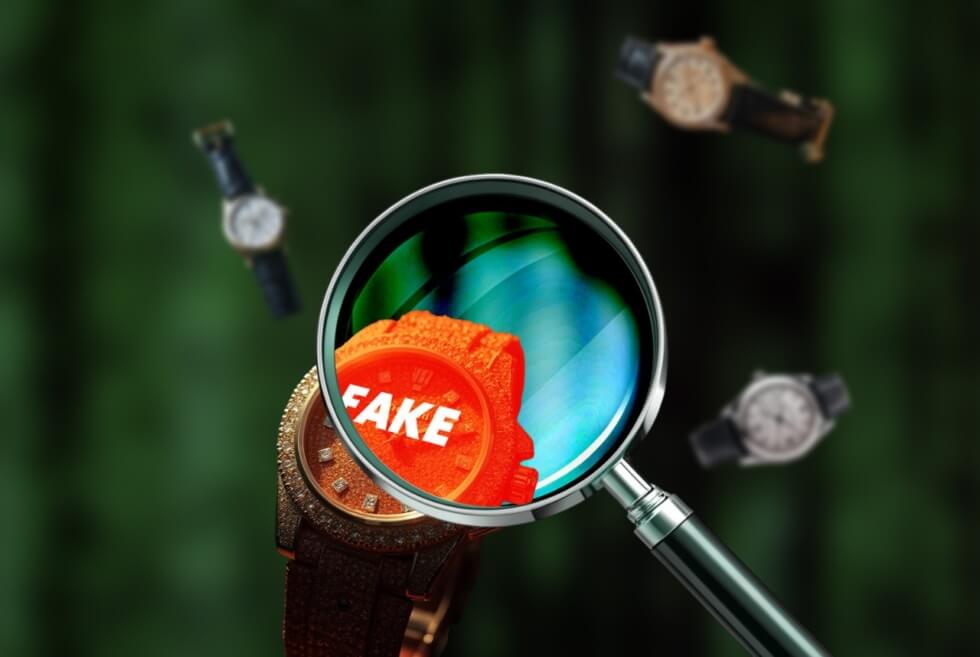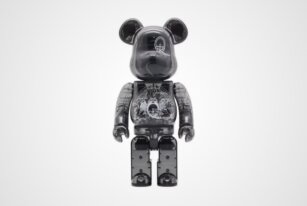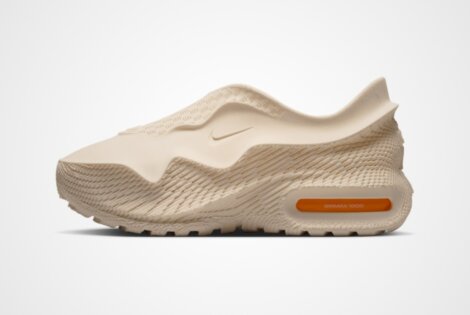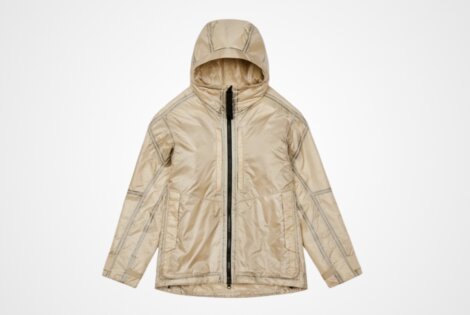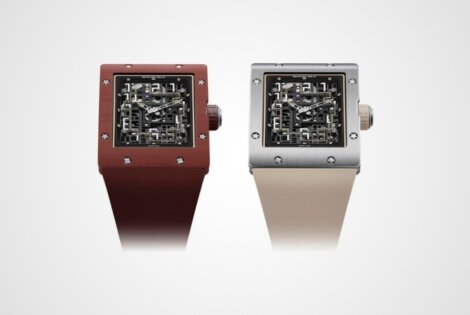If you spend any time in the world of luxury watches, you learn quickly that counterfeiting isn’t some minor nuisance. It’s a multi-billion-dollar industry.
The Federation of the Swiss Watch Industry estimates that about 40 million counterfeit watches are produced every year, nearly ten times Switzerland’s entire legitimate output. For collectors, the risk of buying a fake is real, whether you shop online or through a secondhand dealer.
Until recently, the fight against counterfeits relied mostly on traditional methods: expert appraisers scrutinizing engravings, case finishes, and movement details under magnification. But those tools, while effective, have limits. Skilled counterfeiters can replicate surface-level details with astonishing accuracy, making it harder for even seasoned professionals to spot a fake on sight.
That’s where artificial intelligence is starting to make a difference.
Over the past three years, several companies and research teams have developed AI-driven authentication systems designed specifically for high-end watches. These tools analyze microscopic features, production data, and material signatures to detect counterfeits with a level of consistency that human inspectors can’t match.
I spent the past month speaking with watchmakers, technology providers, and authentication specialists to understand how AI is reshaping this part of the industry. Here’s what I learned about the rise of algorithmic watch verification, and why it’s quickly becoming indispensable.
The Scale of the Problem
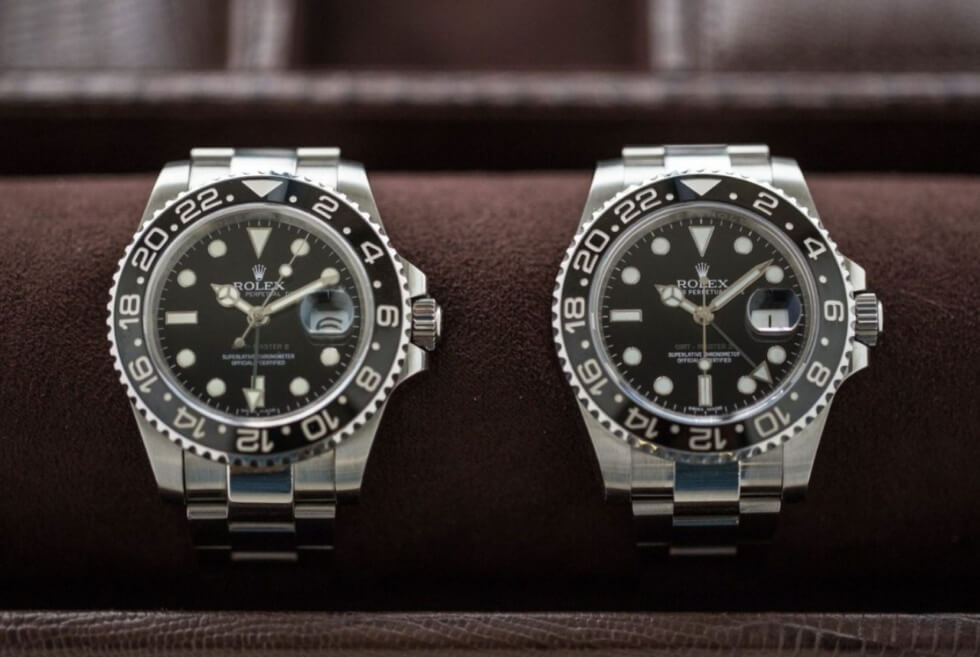
According to the Organisation for Economic Co-operation and Development, global trade in counterfeit goods now exceeds $500 billion annually. Luxury watches are among the most commonly faked items, partly because even a convincing replica can fetch thousands of dollars on the resale market.
The Swiss watch industry alone estimates that counterfeiting costs legitimate brands up to $2 billion a year in lost sales and damaged reputations. The problem accelerated during the pandemic, when online marketplaces became the primary channel for secondhand sales. A 2021 report that 37% of consumers shopping for luxury watches online were concerned about authenticity but felt they lacked reliable tools to verify products.
Traditional authentication depends heavily on subjective judgment. A skilled appraiser can usually detect obvious flaws, a poorly milled rotor, a mismatched dial font, but modern counterfeit operations have access to CNC machines, laser etching, and high-resolution printing that produce near-perfect replicas of visible features. As a result, the focus has shifted to deeper data: microstructure analysis, manufacturing signatures, and provenance tracking.
How AI Authentication Works
Modern AI verification systems combine several techniques to create a layered approach to authentication. The first is image recognition. Companies like Entrupy have trained neural networks on thousands of photos of genuine and counterfeit watches under varied lighting and magnification. The system analyzes subtle cues in engraving depth, logo placement, and dial texture, details too fine for the naked eye to process consistently.
For example, Entrupy’s watch authentication platform, launched in late 2023, uses a proprietary optical scanner connected to a cloud-based AI model. The scanner captures high-resolution images of critical areas, including the crown, dial markings, and movement stamps. According to company data, the system has demonstrated over 98% accuracy in distinguishing authentic watches from high-quality fakes in testing environments.
Since most of this tech and scanners vision-based, there could be a possibility than in the future you could use a pull up an NSFW AI chat, allow it to access your phone’s camera, take a picture of the watch on the spot, and AI companion could tell you right away if the product you’re holding is legit. It’s a little bit dystopian, yes, but doable.
Another approach focuses on material analysis. Swiss startup Alitheon has developed an AI tool called FeaturePrint, which creates a unique digital fingerprint of a watch by photographing microscopic surface topography. Even two pieces from the same production run will have slightly different micro-patterns. This fingerprint becomes a secure reference that can be checked any time the watch is resold or serviced.
Blockchain integration is the third pillar. LVMH and the Aura Blockchain Consortium are working with watch brands like Hublot and Zenith to embed AI-verified production records into blockchain ledgers. When a watch is manufactured, its materials and serial numbers are recorded. Later, AI can cross-reference physical inspections against this record to confirm authenticity.
Case Study: Richemont’s Digital Verification
Richemont, which owns brands including IWC Schaffhausen and Panerai, has been among the most proactive in integrating AI into its authentication processes. In 2022, Richemont began piloting a system that uses machine vision and AI models trained on thousands of historical production images to detect inconsistencies in engravings and movement finishing.
The program has already flagged counterfeit items that passed earlier inspections. The system also learns continuously, improving its detection capabilities as new data is collected.
This doesn’t mean human expertise is obsolete. Instead, AI acts as a second set of eyes, one that never tires or overlooks a detail after a long day of inspections.
Limitations and Risks
AI authentication is not a magic bullet. The models still depend on large, high-quality datasets. If counterfeiters gain access to similar training data or start intentionally mimicking AI-recognized features, the models will need to adapt quickly.
There are also concerns about accessibility. Right now, many of these tools are enterprise-focused. Retailers and large dealers can afford the scanners and subscriptions, but individual collectors often cannot. Some experts worry this could create an uneven market where only well-capitalized businesses can guarantee authenticity at scale.
Finally, there is the question of false positives. While a 98% accuracy rate sounds impressive, it still means two out of every hundred watches could be misclassified, potentially leading to disputes between sellers and buyers.
Why the Industry Is Betting Big on AI Anyway
Despite these challenges, watchmakers are embracing AI for one simple reason: it works better than anything else currently available. A study by Deloitte found that luxury watch executives expect AI to become the primary tool for counterfeit detection by 2028.
Part of this optimism comes from AI’s adaptability. Traditional inspection relies on static checklists, known engraving styles, serial number formats, and reference images. AI can learn from new counterfeit techniques almost in real time, adjusting its models as new data arrives.
This flexibility is critical because counterfeiters are becoming more sophisticated every year. As soon as one method of verification becomes widespread, replicas evolve to circumvent it. AI’s iterative learning cycle gives legitimate brands a way to keep pace.
The next frontier is likely to be consumer-accessible verification. Companies are working on smartphone apps that leverage AI image recognition to provide instant feedback.
While accuracy may not match dedicated scanners, even partial verification could empower collectors to avoid obvious scams. Manufacturers are also exploring embedded micro-tags, tiny identifiers etched into a watch’s movement or case that an AI system can read during servicing. Combined with blockchain ledgers, this could create a full-chain authentication history that persists as the watch changes hands.
Protecting the Heritage with Future
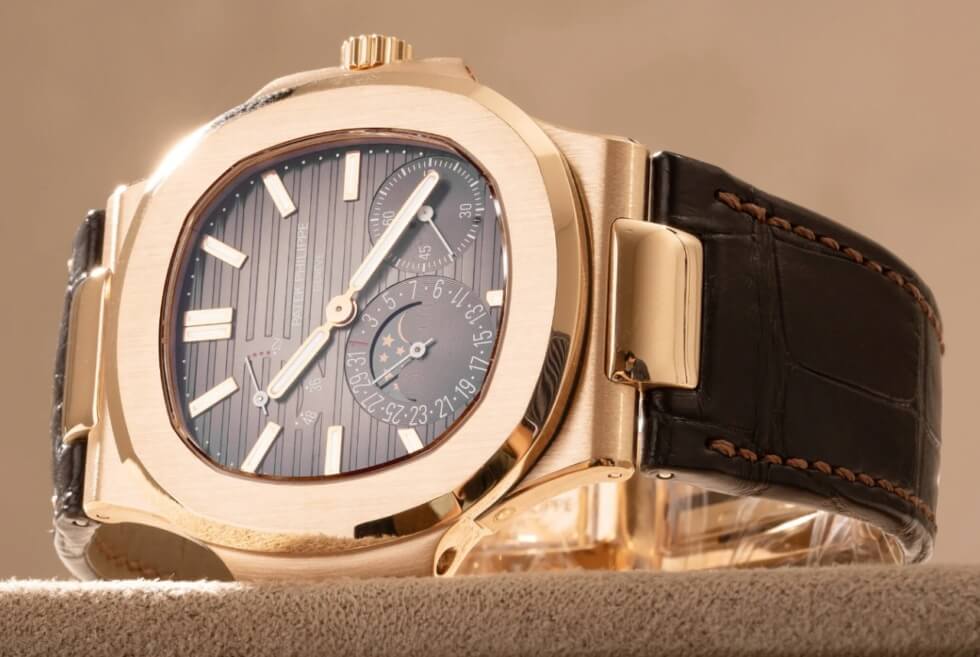
Luxury watches have always been about more than function. They carry heritage, craftsmanship, and, increasingly, significant resale value. As counterfeit operations grow more advanced, traditional inspection methods are simply not enough to protect that value.
AI is emerging as the watchmaker’s most powerful ally. By combining image recognition, material fingerprinting, and secure provenance data, these tools offer a level of scrutiny that human inspectors alone cannot maintain at scale.
The technology is not perfect. It requires ongoing investment and vigilance. But for collectors, dealers, and brands committed to authenticity, AI has already proven it can do something no magnifying loupe ever could: spot the hidden tells that separate a masterpiece from a fake.
As one Swiss watch executive put it to me, “The counterfeiters are clever, but the algorithms never blink.” In a market where reputation and trust are everything, that may be the ultimate advantage.

